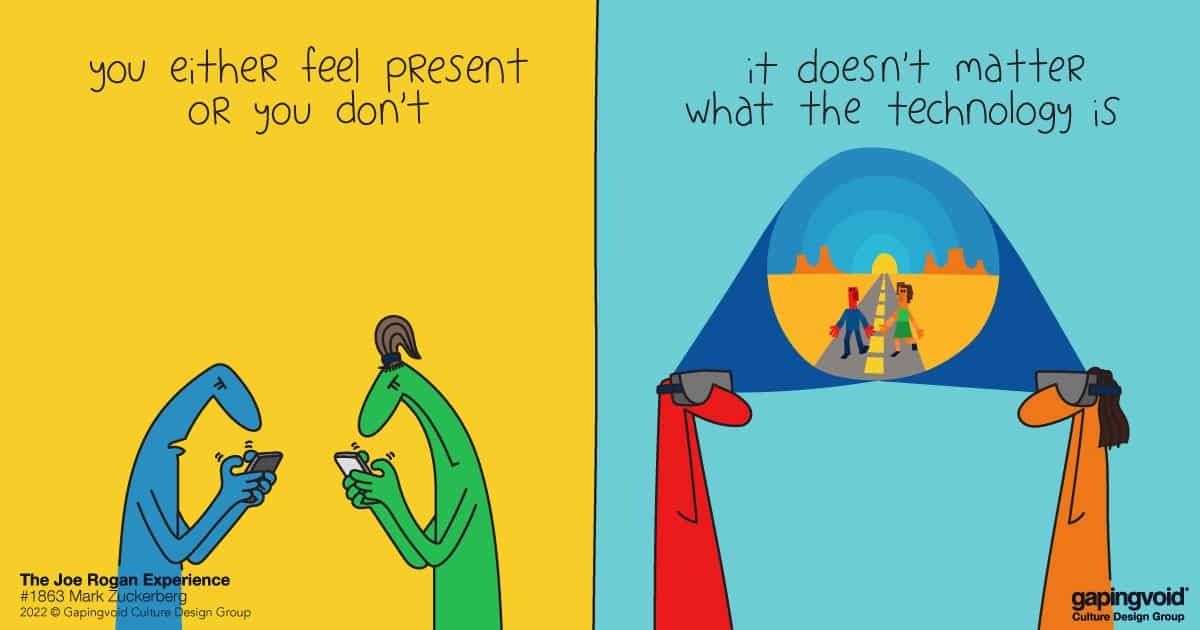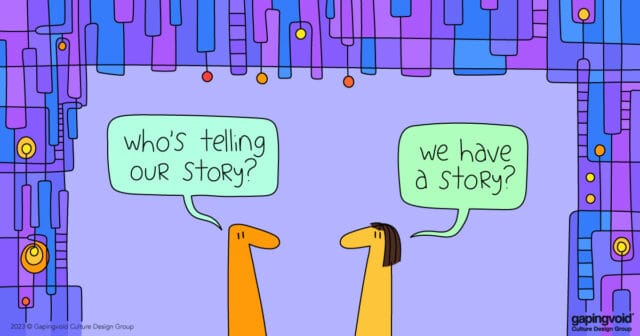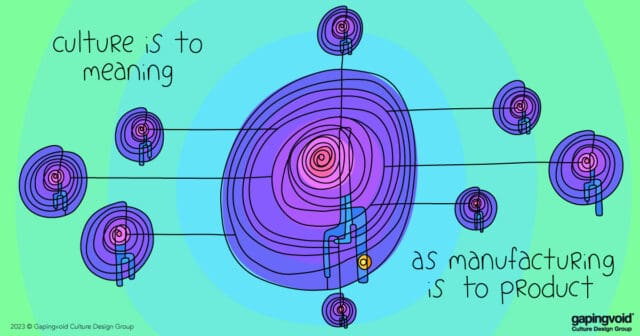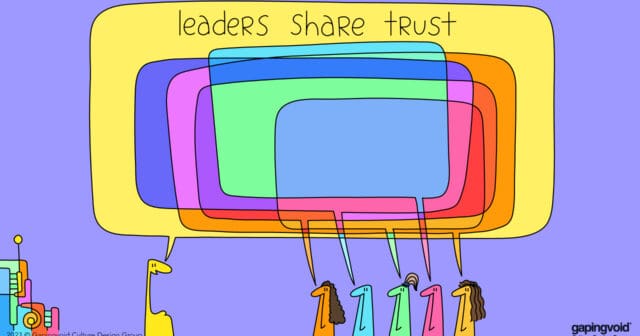
The great software question is always, “what’s it for?” Much like the “five-whys” protocol, or Amazon’s “so what?” test, this question is designed to refocus developers on their key priorities. Important, considering how easy it is to feature-creep, and miss the bigger mission.
When you ask Microsoft that question, their answer is “to increase productivity and collaboration.” Google’s algorithm allows people “to search for stuff.” SAP software allows big businesses to manage their processes by the zillion. Amazon wants to maintain the world’s “everything” store.
As for Meta’s software, its purpose has always been letting people connect with each other. This is a deep human need. It makes sense that some bright spark like Mark Zuckerberg would build software to facilitate it.
But for a while now Zuck has been trying to take his connection shtick to the next level – betting the whole farm on the Metaverse concept (that people will want to spend their time talking to digital avatars in a 3-D digital playground, rather than just talking to them on the phone or by Zoom).
The problem here, of course, is like Marvin Gaye sang in the 1960s: “Ain’t Nothing Like the Real Thing.”
How “real” can the Metaverse get? Will it ever be able to make up for the fact that the person is not REALLY in the same room as you? Not to mention, how “present” can one be while their head is strapped to a massive headset?
There’s no doubt that Zuck believes the answers are “very real,” “yes it will,” and “present enough.”
But did he stop to ask the most fundamental question before pouring billions of dollars into its development?
We want e-mail because we can remember what life was like back in the paper and stamps era. We want Spotify because we remember how much work it was to acquire and look after vinyl.
But why should we hang out in the metaverse instead of our tangible world, especially when many of us are already experiencing digital overload? Sure, it may offer an abundance of opportunities to connect with people in different and potentially more engaging ways. Yet, the vital question remains: what’s it (actually) for?



